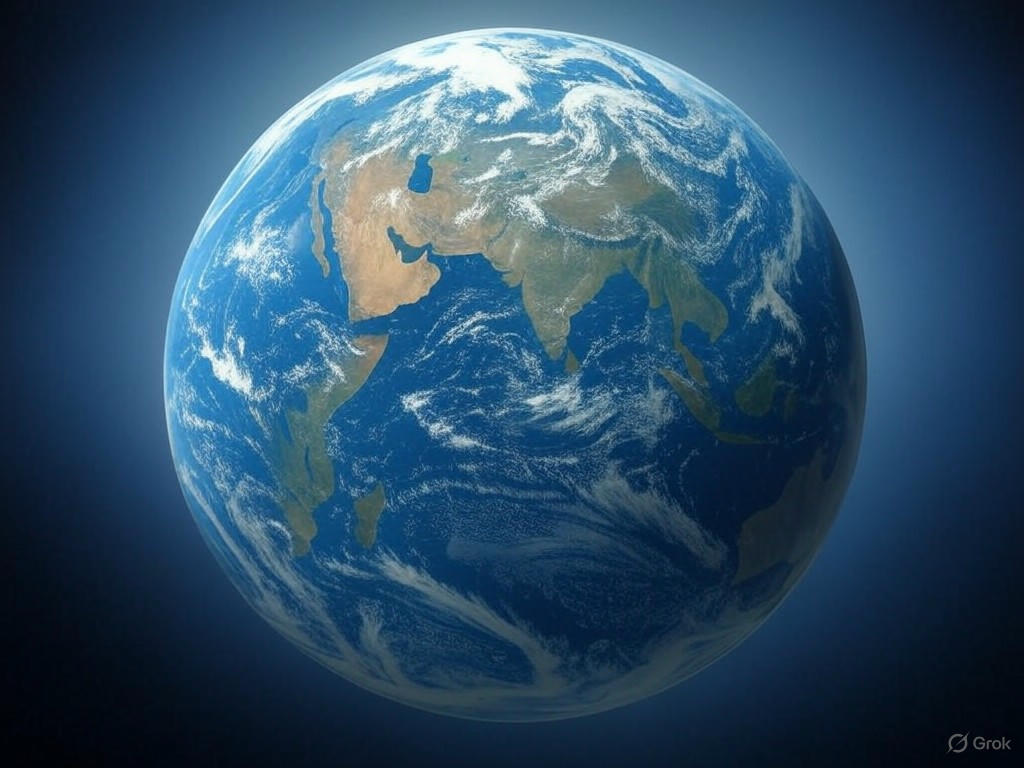A Carbon Crisis: Earth’s Atmosphere Reaches Historic CO2 Levels
The air we breathe is changing in ways not seen for millions of years. Recent findings from atmospheric researchers reveal that carbon dioxide (CO2) levels in Earth’s atmosphere have soared to unprecedented heights, surpassing anything recorded in human history and potentially dating back tens of millions of years. This alarming milestone, announced by leading scientific organizations, underscores the urgent need to address the escalating climate crisis driven by human activity.
Data collected from monitoring stations around the globe paints a stark picture. CO2, a greenhouse gas responsible for trapping heat and warming the planet, has reached concentrations that scientists believe haven’t existed since long before the dawn of human civilization. Back then, the Earth was a vastly different place—sea levels were higher, temperatures were warmer, and ecosystems were adapted to conditions far removed from what we know today. The rapid rise in CO2 levels over the past century, primarily due to the burning of fossil fuels, deforestation, and industrial processes, is pushing our planet into uncharted territory at an alarming pace. Unlike the gradual changes of the distant past, this spike is happening within a mere blink of geological time, leaving little room for nature or humanity to adapt.
What does this mean for the future? Experts warn that sustained high levels of CO2 could intensify global warming, leading to more frequent and severe weather events, rising oceans, and disruptions to agriculture and biodiversity. The heat-trapping nature of CO2 means that even if emissions were halted today, the effects would linger for decades, if not centuries. Scientists are particularly concerned about tipping points—thresholds beyond which irreversible damage occurs, such as the melting of polar ice caps or the release of methane from thawing permafrost, which would further accelerate warming. These findings are a sobering reminder that the window to mitigate these impacts is narrowing rapidly.
Yet, there is still hope. The data serves as a clarion call for immediate action. Transitioning to renewable energy sources, enhancing carbon capture technologies, and adopting sustainable land-use practices are among the strategies that could curb CO2 emissions. International cooperation is also critical, as climate change knows no borders. Governments, industries, and individuals must work together to reduce greenhouse gas output and protect vulnerable ecosystems. Public awareness and policy changes can drive innovation, encouraging a shift toward a greener, more resilient future.
As we stand at this critical juncture, the record-breaking CO2 levels in our atmosphere are not just numbers on a chart—they are a warning from our planet. The choices we make now will shape the world for generations to come. While the challenge is daunting, humanity has the ingenuity and determination to confront it. Let this historic moment be the catalyst for change, inspiring us to act before the consequences become even more dire.


